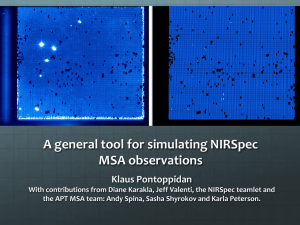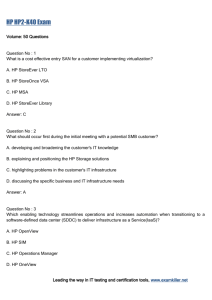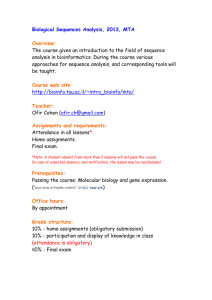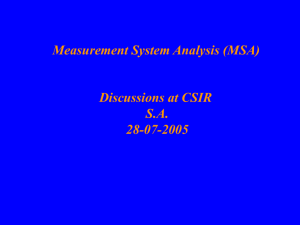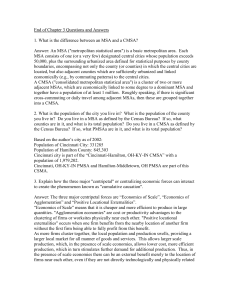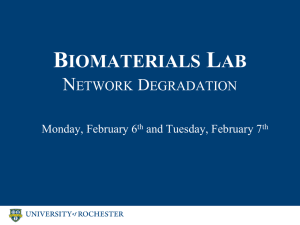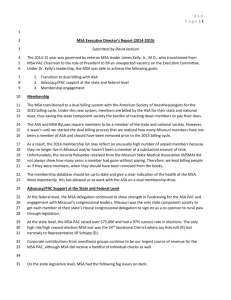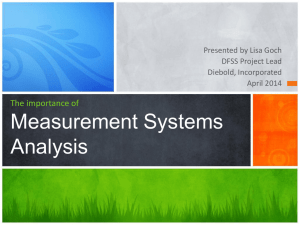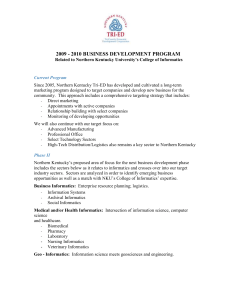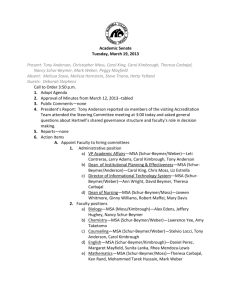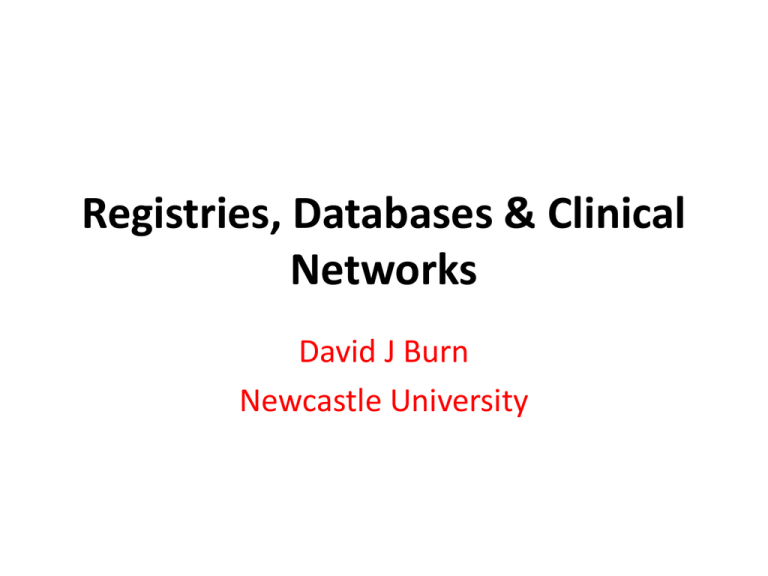
Registries, Databases & Clinical
Networks
David J Burn
Newcastle University
Introduction
• Prevalence
– multicentre studies essential
• Therapeutic window
Viable
neuronal
population
– sensitivity vs. specificity
• Phenotypic variability
• Biomarkers & biobanking
• Patient-led vs. clinician case
ascertainment
Diagnostic
certainty
Registries & Databases
• What are they for?
• Who will use the data?
– access model
• Feasible?
• Current?
• Confidential / secure?
Research & Feasibility Tool (RAFT)
• NIHR-DeNDRoN initiative
• Anyone interested in participating in dementia research
registers details either online or via a telephone helpline
• Researchers use the system to establish whether their
research proposal is feasible, based on the number of
potentially suitable candidates registered & recruit
appropriate candidates to their studies
• System developed in conjunction with key stakeholders
including Alzheimer’s Society, Alzheimer’s Research UK,
people affected by dementia, researchers & NHS
• Further development of the system will include linkage to
NHS electronic patient records & integration with existing
local research registers
EMSA Network
• Founded in January 1999
• A consortium of scientific
investigators from academic &
research centres in Europe /
Israel
• Aims to advance knowledge
about the aetiology &
pathogenesis of MSA
• EMSA-SG works with
government & industry
sponsors to develop &
implement novel therapeutic
interventions
www.emsa-sg.org/
UK MSA Network
• Lead: Henry Houlden
• Funder: MSAT
• Longitudinal clinical & imaging
database & sample biobank
• Outcomes:
– open access database
– well phenotyped cohort
• platform for trials / biomarkers
– global networking
• EMSA, MoDiMSA
UK MSA Network: Main Aims
• Recruit patients at all stages of MSA but with focus on early stage
disease (UK MSA Register & Database)
– clinical, demographic & environmental information
– annual information on disease progression, milestones & quality of life
– request for brain issue donation
• Collate serial MRI imaging, FP-CIT SPECT scan, autonomic etc. for
each patient
• Collect blood for DNA, RNA, serum / protein ± CSF at diagnosis &
two years later (UK MSA Biobank)
– identification of future disease biomarkers to improve early diagnosis
– develop surrogate markers of disease progression
Evolving the NIHR Clinical Research Network
From
• 102 local networks
• Partial geographical
coverage for many diseases
• 8 coordinating centres
• Different operating
procedures & processes
To
• 15 local networks
• Full geographical cover for
all diseases
• 1 coordinating centre
• Consistent, coherent
procedures & processes
Why?
•
•
•
•
Easy to understand for external stakeholders
All clinical themes supported in all locations
Flexibility to operate effectively with the changing NHS
More effective learning organisation
Supporting PD & Movement Disorders
Research from April 2014
• Full national coverage from 15 Local Clinical
Research Networks covering the whole of
England
• At both national and local level there will be
six research delivery divisions, each covering a
set of related specialties
• Dementia & Neurodegeneration, Mental
Health and Neurological Disorders will be in a
single research delivery division
• PD will be part of the Dementia &
Neurodegeneration (DeNDRoN) specialty
180
8000
160
7000
140
6000
120
5000
100
4000
80
3000
60
2000
40
1000
20
0
0
06/07 07/08 08/09 09/10 10/11 11/12 12/13
Recruitment
Number of Trusts, Pis & studies
Growth in NIHR PD activity 2006 - 2013
Recruitment
Trusts
Studies
PIs
From April 2014
• DeNDRoN CC continue to provide national support for
research delivery
• DeNDRoN LRNs being incorporated into new LCRNs
• Staff transferring to new organisations
• Business as usual
• Opportunities: in all locations, to learn from others, to
further develop resources to support Movement
Disorder research
What Does All this Mean for MSA?
• Continued availability to support delivery of
MSA studies
– UK MSA Network
– recruitment & delivery of trials
• The PD-CSG is dead; long live the PD-CSG
– links with Parkinson’s UK?
– new investigator-led studies
• ABN-MD Special Interest Group
Conclusion
• 2014-15 is a time of change
• Exciting opportunities for MSA
research
– UK MSA Research Network
• Maximise strategic links with:
– NIHR CRN / DeNDRoN
– Parkinson’s UK
– global networks
Current BritMODIS Structure
IPMDS
BritMODIS
BritMODIS
“Executive”
ABN MD SIG
PD Nurse
Specialists
BGS-MD Section
ABN
BGS
AHPs?
BritMODIS: A Group for PD Training, Education
& Research
BritMODIS
Executive
Research & trials
Training, education
& meetings
Clinical studies
group
Evidence-based /
guidelines
Fellowships
Portfolio delivery
Regional representation mapping
to LCRNs where possible



